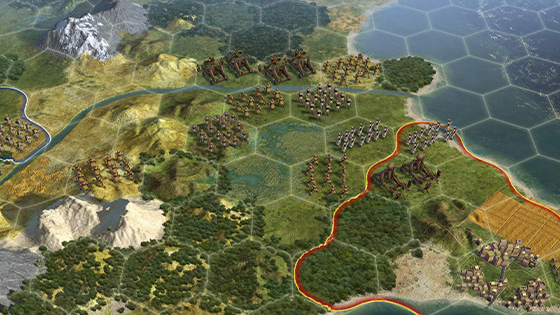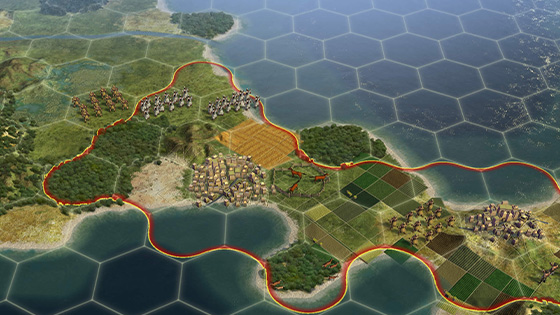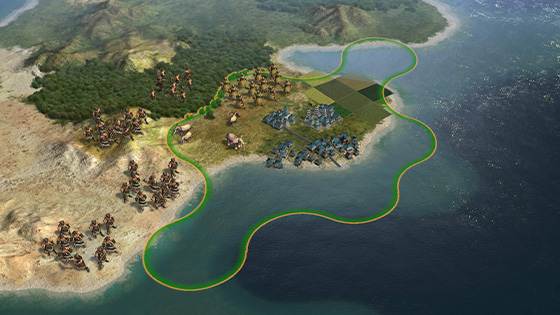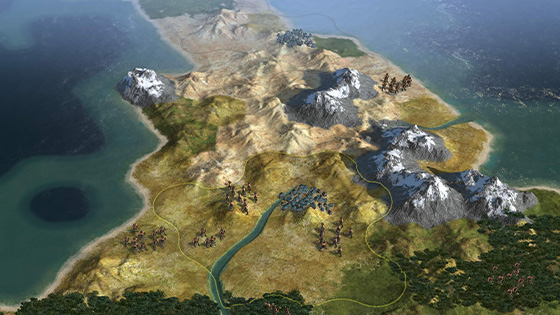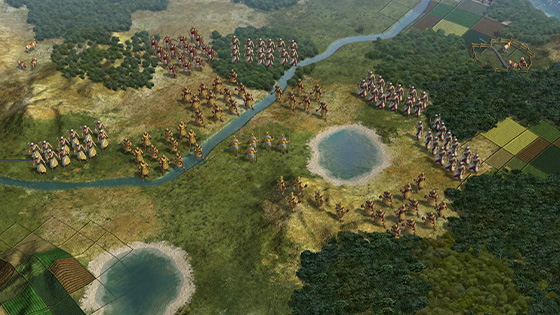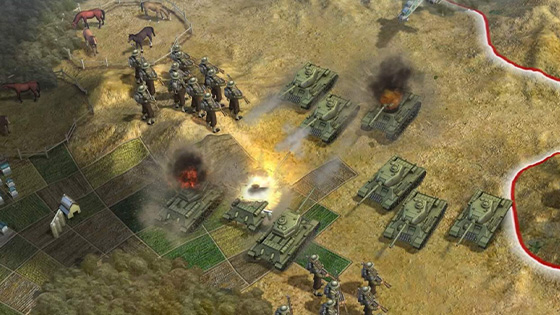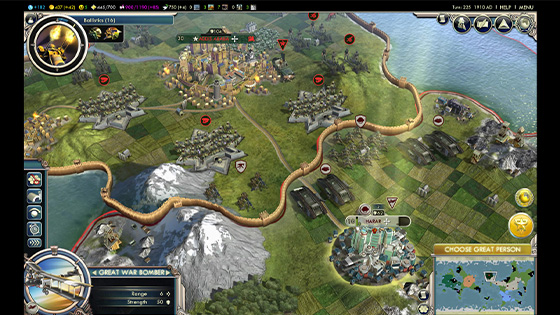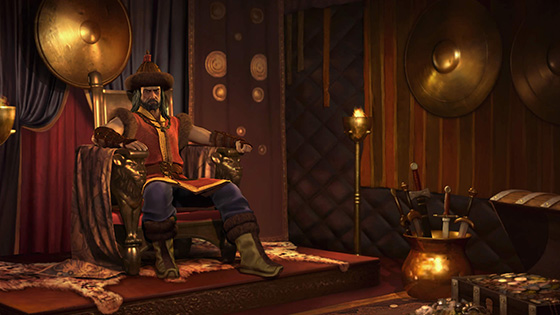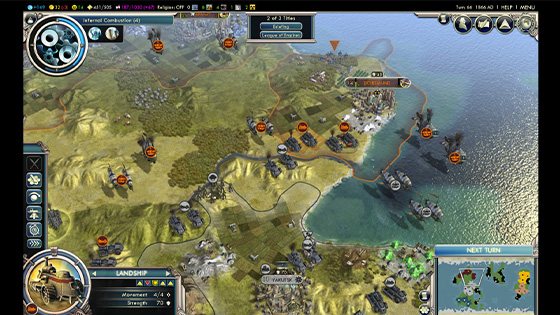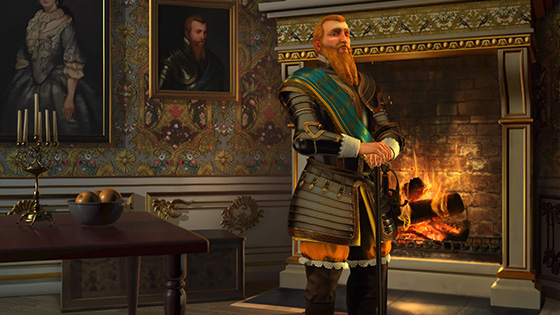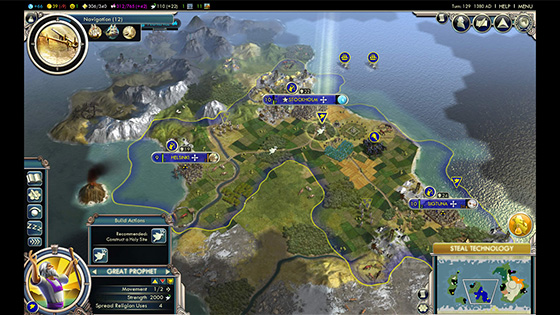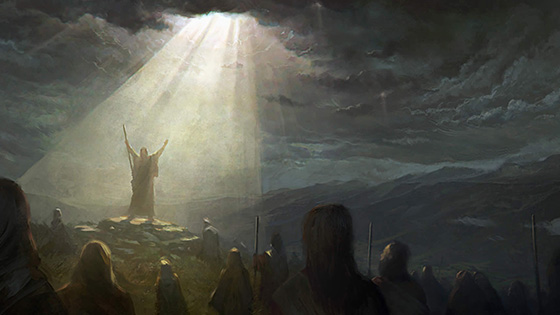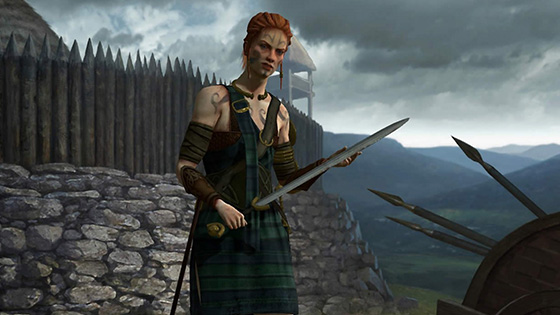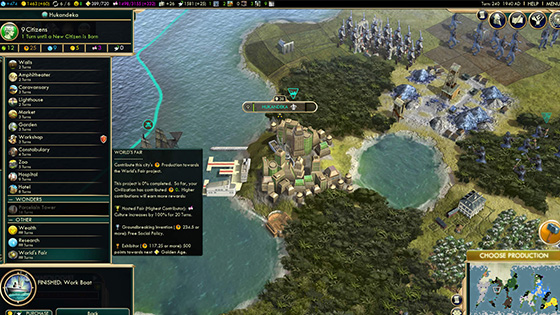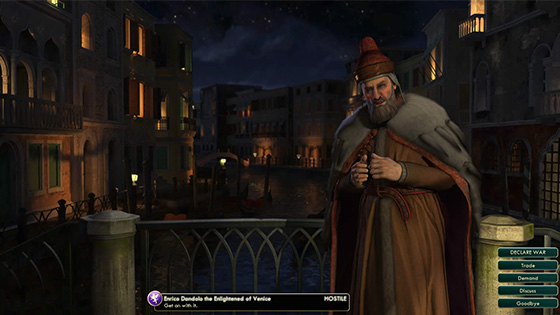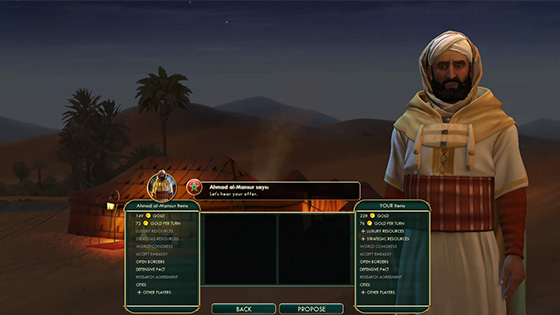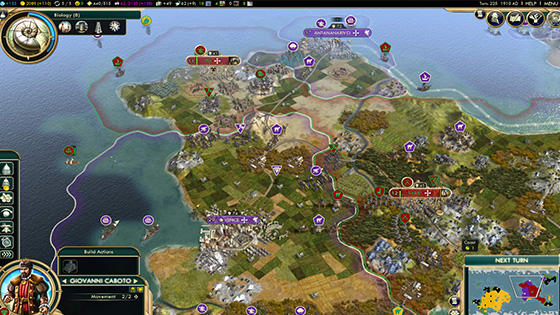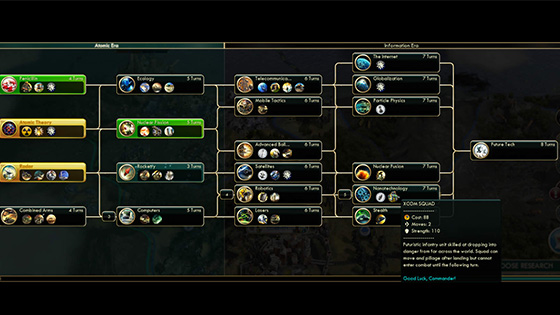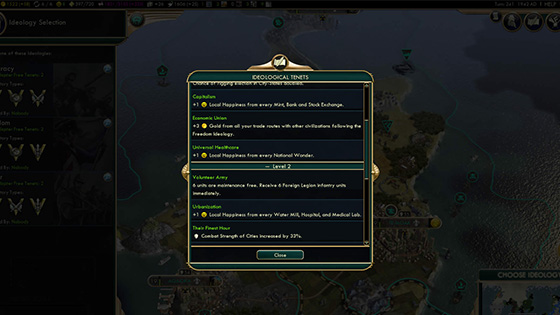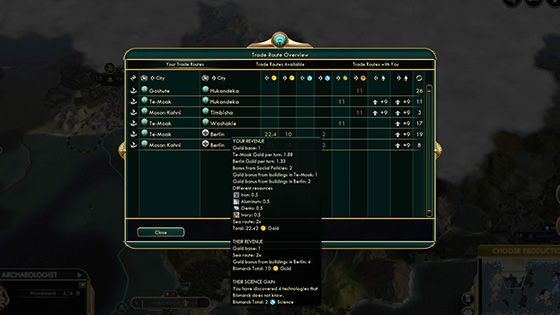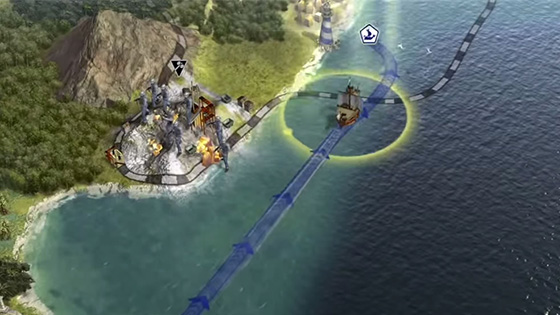Sid Meier's Civilization V
Release date: September 2010
The fifth mainline offering in the multi-award winning Civilization series of strategy games, Sid Meier's Civilization V, challenges players to establish and lead a civilization from the dawn of man into the space age. Civ V introduced a number of new features to the series, including City-States, research agreements between leaders, and the now-familiar hexagonal map tiles. Multiple paths to victory are still a staple of the series, so science, culture, and diplomacy are just as viable as military conquest.
Wars between empires feel massive in Civ V, with armies spreading across the landscape like never before. The introduction of ranged bombardment allows players to fire weapons from behind the front lines, affords a powerful new defensive option for cities under siege, and challenges leaders to devise new strategies on the battlefield.
Leaders also have expansive diplomatic options at their disposal as they negotiate and carefully manage relationships with some of history’s most cunning and respected rulers, each with their own plan for victory. Even when plying other civilizations with gold, trade offers, or permission to move within your borders, friends and foes can be challenging to tell apart. City-States serve as a diplomatic battleground of sorts, as the world's major powers vie for their loyalty in an attempt to secure meaningful bonuses and even military allies.
Each of the 18 playable civilizations that Civ V launched with plays differently: in addition to their leaders' unique abilities, each civilization has access to at least one unique unit. Many of them can also construct unique buildings and tile improvements. A further seven civilizations were added in the first year after the game's launch via a series of add-on packs that also include new scenarios, custom game maps, and additional world wonders. In the years that followed, still more civilizations and gameplay enhancements were introduced in the two expansion packs detailed below.
GALLERY

Released in 2012, the robust first expansion for Civilization V covers the entire scope of time from the founding of your first Pantheon of the Gods and spreading religion across the world, to deploying your spies to steal information and technology from enemy cities. Interact with new Mercantile and Religious City-State types, engage in new quests on their behalf, and master new, more tactical land and naval combat systems.
Civilization V: Gods and Kings introduces nine additional civilizations, nine wonders, and dozens of units, buildings, and techs that afford players new options as they expand their empire. Three original scenarios are also included, with two based on historical events, and another set in a fictional steampunk world with its own factions, technologies, units, and buildings.

GALLERY

The Brave New World expansion, released in 2013, adds even more depth and replayability to Civilization V through the introduction of international trade routes, an archaeology system, and new culture and diplomacy features. Your influence around the world can now be impacted by creating Great Works, choosing an ideology for your people, and proposing global resolutions in the World Congress.
Nine more civilizations also enter the fray in Civilization V: Brave New World, bringing with them dozens of new units, buildings, and tile improvements as well as eight new wonders waiting to be discovered. When you're done building the most powerful empire in the world, there are also two historical scenarios based on the Scramble for Africa and the American Civil War that are sure to test your leadership skills.


